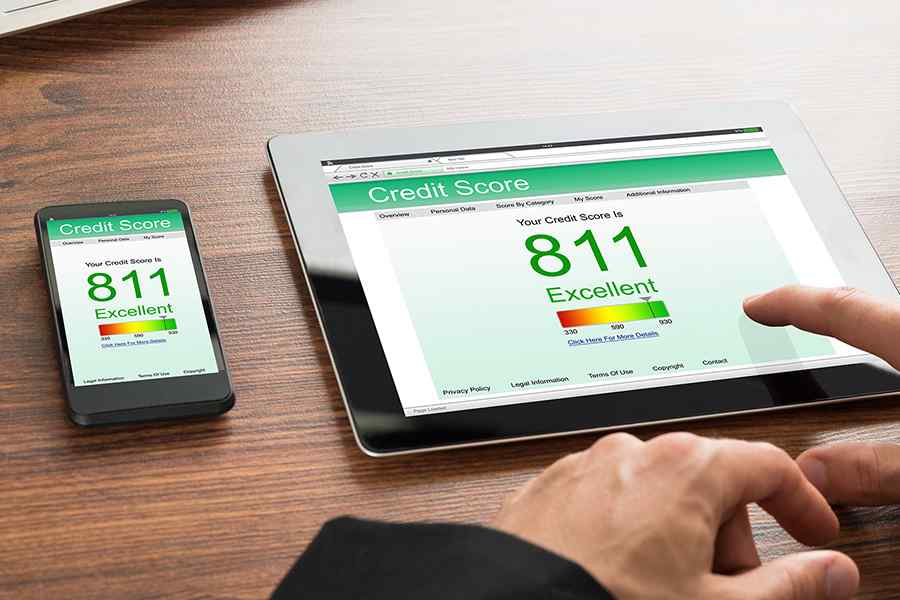Education & Credentials:
- Bachelor’s degree, University of Minnesota
- Master’s studies, University of Delaware
Expertise:
- SBA Loans
- Equipment Financing
- Business Planning
- Business Banking
- Financial Literacy
- Personal Finance
Highlights
- 15 years of small business finance experience
- 4 years of SBA lending experience
Experience:
Tom Thunstrom is a staff writer at Fit Small Business, specializing in Small Business Finance. He holds a Bachelor’s degree from the University of Minnesota and has over fifteen years of experience working with small businesses through his career at three community banks on the US East Coast. In a prior life, Tom worked as a consultant with the Small Business Development Center at the University of Delaware.
Featured in:



Hobbies:
Tom is a self-proclaimed “beach bum” and “recovering banker,” residing at the Delaware Beaches. He’s also an avid runner, reader, and occasional foodie.
Personal Quote
While I can’t take credit for originating this, one’s failure to plan in business is basically planning to fail. Planning, analyzing your plan, and adapting to changes in the market will help your business succeed.
Posts Written by Tom
Discover more resources
for your business
Education & Credentials
- Bachelor’s degree, University of Minnesota
- Master’s studies, University of Delaware
Personal Quote
While I can’t take credit for originating this, one’s failure to plan in business is basically planning to fail. Planning, analyzing your plan, and adapting to changes in the market will help your business succeed.


